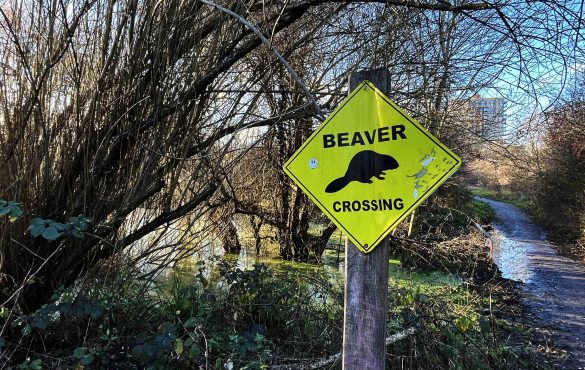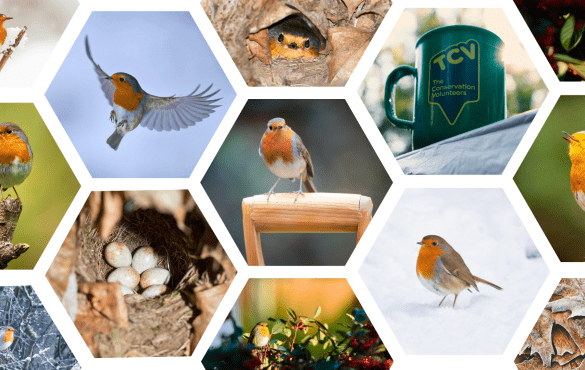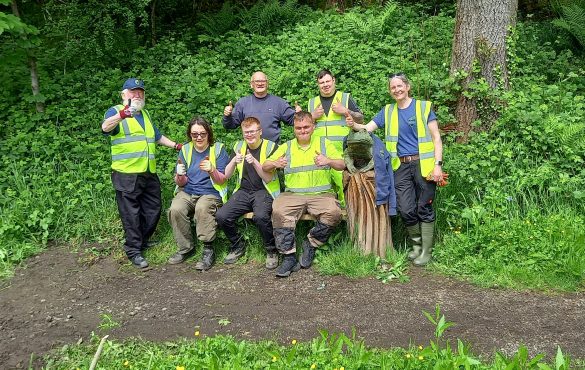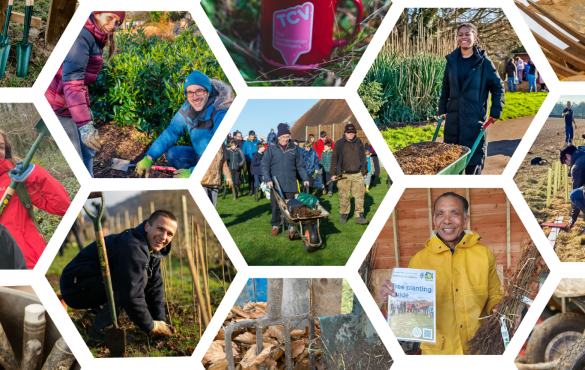If you’ve ever looked at a paved courtyard, a school playground, or a patch of land that’s seen better days and thought, “We could grow something here,” then raised beds might be just what you need.
They’re simple, versatile, and ideal for transforming underused or contaminated spaces into thriving community gardens. Whether you’re part of a local group, a school, a council team, or a business looking to support volunteering, building raised beds offer a practical way to bring people together and grow something meaningful.
Why raised beds make sense
Raised beds aren’t just about growing plants, they’re about growing access. Because they sit above ground level, they’re easier to reach for older adults, and wheelchair users. They warm up faster in spring, drain well, and can be built to suit almost any space.
They’re also a brilliant solution for areas where the soil isn’t safe to plant in, such as former industrial sites or urban spaces with hard surfaces.
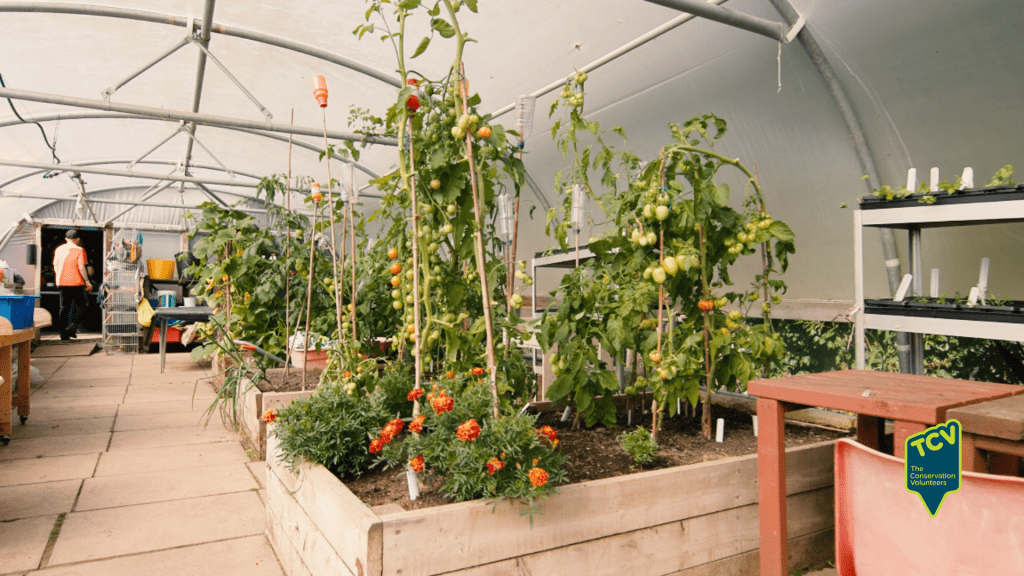
Getting started with raised beds: what you need to know
When planning raised beds, it’s best to keep things manageable. Beds that are too wide or too long can be hard to maintain. A width of around 1.5 metres works well if people can access both sides, or 1 metre if the bed is up against a wall or fence. Length is flexible, but 2–3 metres is common.
Height can vary depending on who’s using the beds. Some might be just 15cm high, while others, especially those designed for wheelchair users, might be closer to a metre. If you’re catering to a mix of abilities, consider using beds of different heights – which can look aesthetically great too!
And don’t forget to leave enough space between beds for wheelbarrows, wheelchairs, or just easy movement. 1 metre+ is ideal for a community garden, but you’ll have to assess the space you have to see what will work best.
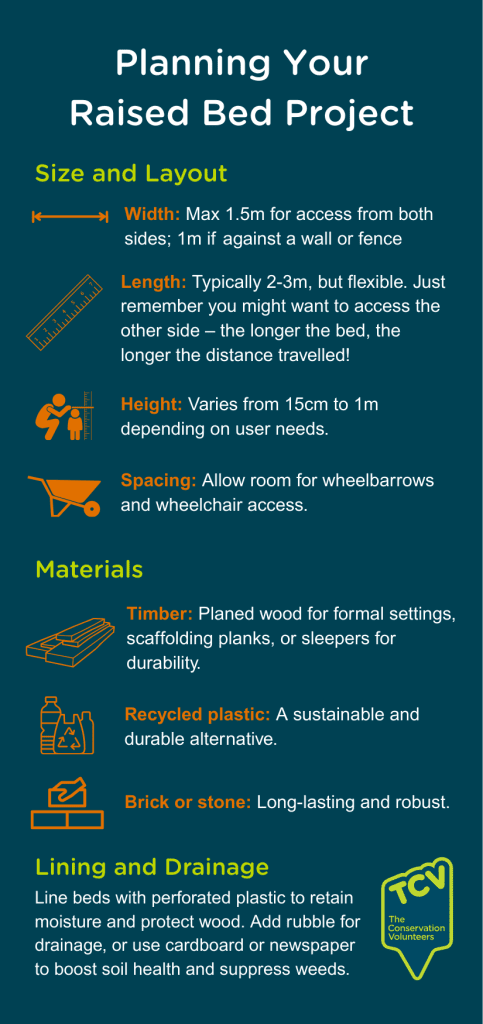
Building your raised beds
You can buy raised bed kits, which are ideal for high-profile spots like entrances or public gardens. But if you’re working with a tight budget or want to reuse materials, building your own can be a rewarding project, especially with volunteers.
Timber is a popular choice, whether it’s planed for a neat finish or reclaimed scaffolding boards for a more rustic look. If you’re planning to grow vegetables, be cautious with old railway sleepers. Avoid those treated with heavy creosote, as it’s carcinogenic and can leach into the soil, potentially contaminating your crops. For something longer-lasting, brick, stone, or recycled plastic boards are also good options.
To extend the life of wooden raised beds, line the inside with perforated plastic or geotextile fabric. This helps retain moisture and protects the timber to a degree. Adding rubble or broken pots at the base improves drainage, and topping up with compost over time keeps the soil healthy and productive.
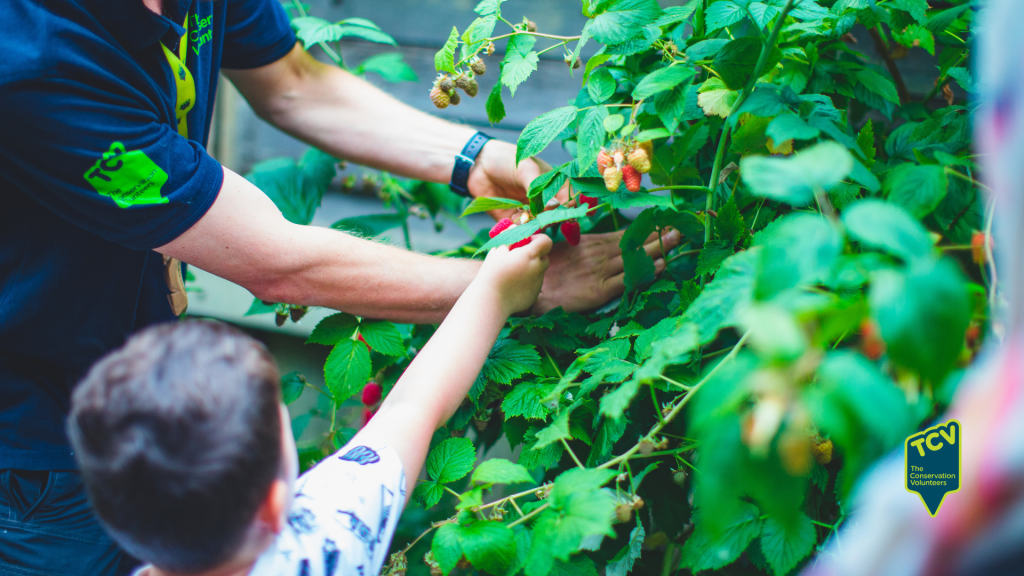
What to grow in a raised bed?
What plants you grow in your raised bed will depend on what you want to achieve. Do you want some seasonal fruit and veg for the kitchen, or some flowers to provide a bit of colour? Maybe something to attract bees and butterflies? Or, a mix of these?
Whatever your interests, there’s no end of choice:
Herbs: All of the popular culinary herbs can be grown including basil, coriander, dill, parsley, chives, fennel, marjoram, oregano, mint, sage, tarragon, rosemary and thyme – and many of these, when they flower, are great nectar-rich feeding stations for a huge variety of pollinators!
Fruit: Soft fruit, including strawberries, raspberries, blackberries, blueberries, gooseberries and currants, and dwarf apple or pear trees can also thrive in larger beds. Another one to try is rhubarb, not strictly a fruit, but grows very well in the UK and tastes great with crumble.
Vegetables: Most of the standard vegetables, including onions, beetroot, leeks, carrots, radish, lettuce, parsnips, tomatoes, and potatoes all will do well in a raised bed. So, something to suit all tastes.
Flowers: Although commonly used for growing fruit and veg, raised beds can also accommodate flowers, of which there are a huge variety to choose from – although, don’t forget our native wildflowers such as Ox-eye daisy, Teasel, Foxgloves, Red Campion, Meadow Cranesbill, and Vipers Bugloss to name just a few. Choose varieties that provide a balance of colour, height and structure.
All of the above are usually grown from seed or bulbs, widely available from garden centres or specialist stockists and nurseries. Whilst it’s possible to buy wildflower seeds and plants from garden centres, it’s sometimes difficult to establish their origin and whether they are native or not.
UK wildflower seed stockists
Choosing reputable suppliers ensures you’re planting species that support local biodiversity and thrive in UK conditions. Below is a list of well-established wildflower stockists offering high-quality seeds and mixes suitable for community gardens, schools, and urban growing spaces.
| Supplier Name | Description | Website Link |
|---|---|---|
| Landlife Wildflowers | Leading supplier of native UK wildflower seeds and mixes. | wildflower.co.uk |
| RP Seeds | Offers over 90 British native wildflower species and mixes. | rpseeds.co.uk |
| John Chambers Wildflowers | Bespoke wildflower seed mixes for conservation and landscaping. | johnchamberswildflowers.co.uk |
| WildaHome | Family-run business with habitat-specific seed mixes. | wildahome.co.uk |
| Wildflowers UK | Specialists in native wildflower seeds, plug plants, and trees. | wildflowers.uk |
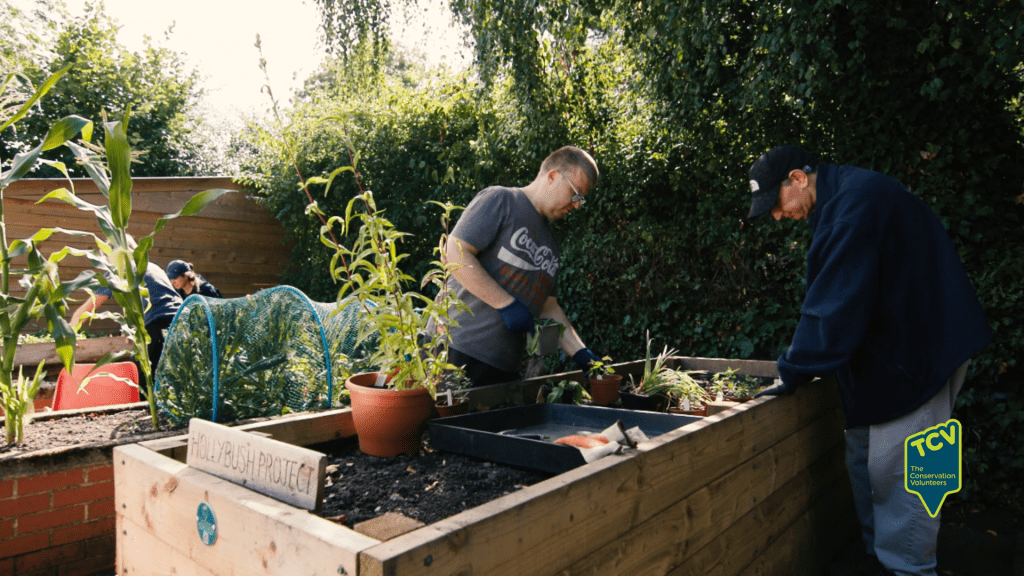
A few practical tips to get the best from your raised bed
A good soil mix for most plants in your raised bed is 50% garden soil mixed with 50% (peat-free) compost. Make it a rule to never walk on the bed once the soil has been added and the bed has been planted. Stepping on the bed will affect root growth, compress the soil, and decrease aeration, all things we want to avoid if we want a healthy soil structure and thriving plants.
Raised beds drain more freely than ground-level soil, so they’ll need regular watering. A watering can might do the job for one or two beds, but larger setups benefit from a hose or water butt collecting rainwater from nearby buildings.
To keep birds off your fruiting crops, netting works well – or try hanging up old CDs to reflect light and deter them.
Another great way to protect your crops is by encouraging biodiversity in and around your raised beds. Think of it as building a mini ecosystem. When you grow a variety of plants – herbs, vegetables, and native wildflowers – you attract a wider range of insects and animals. And that’s a good thing!
Why? Because different species prey on different pests. For example, ladybirds love to munch on aphids, while frogs and toads will happily snack on slugs. Birds might pick off caterpillars, and hoverflies can help control whitefly. The more diverse your garden, the more natural checks and balances you’ll have.
It’s a bit like nature’s own pest control service – you’re creating a space where predators and pollinators can thrive – and in doing so, they help keep your plants healthy.
You don’t need to go wild (unless you want to). Adding a few flowering plants among your veg, leaving a logpile in the corner of your garden, or adding nest boxes or a small pond can make a huge difference to the wildlife in your garden. Think of it as gardening with nature, not against it.
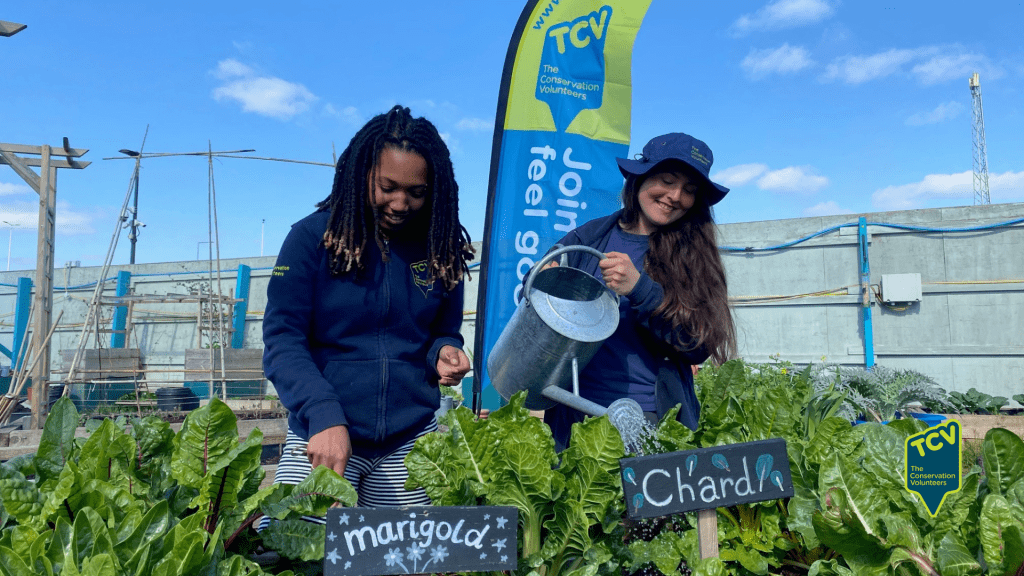
Why raised beds matter
Beyond the practical benefits, raised beds help build community. They offer a space for people to connect with nature, learn new skills, and contribute to something bigger. They support biodiversity, improve soil health, and can even play a role in climate resilience.
They’re also a great way to engage volunteers – whether it’s a local gardening group, a school class, or a corporate team looking to give back.
Want to learn more?
TCV offers a range of practical resources to help you get started, including our Conservation Handbooks, which cover everything from raised beds to tree planting.
If you’re part of a community group, consider joining the TCV Community Network – it’s free, and gives you access to support, funding advice, and a network of like-minded groups across the UK.
Keep up to date with the latest news and activities from The Conservation Volunteers by following us on Facebook, LinkedIn, Instagram, BlueSky and YouTube.
You can also sign up to receive TCV’s Greenzine e-newsletter for more ways to get involved.
TCV is active across most of the UK: Click here to find your nearest office or activity!

